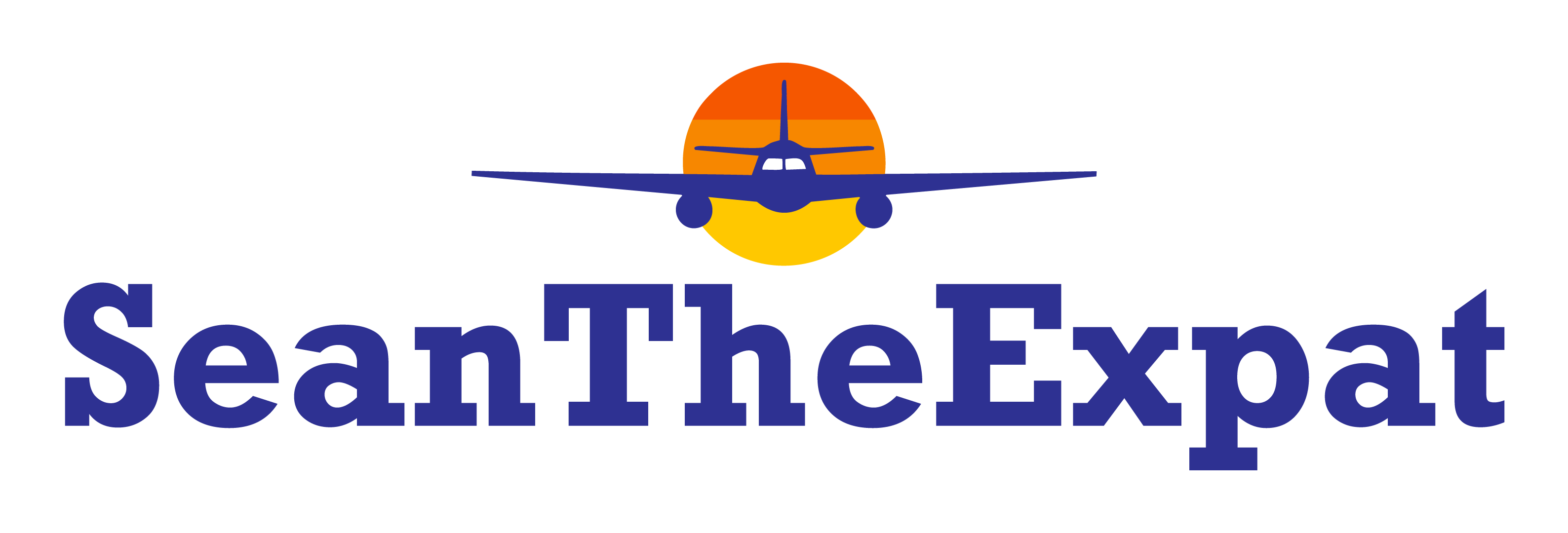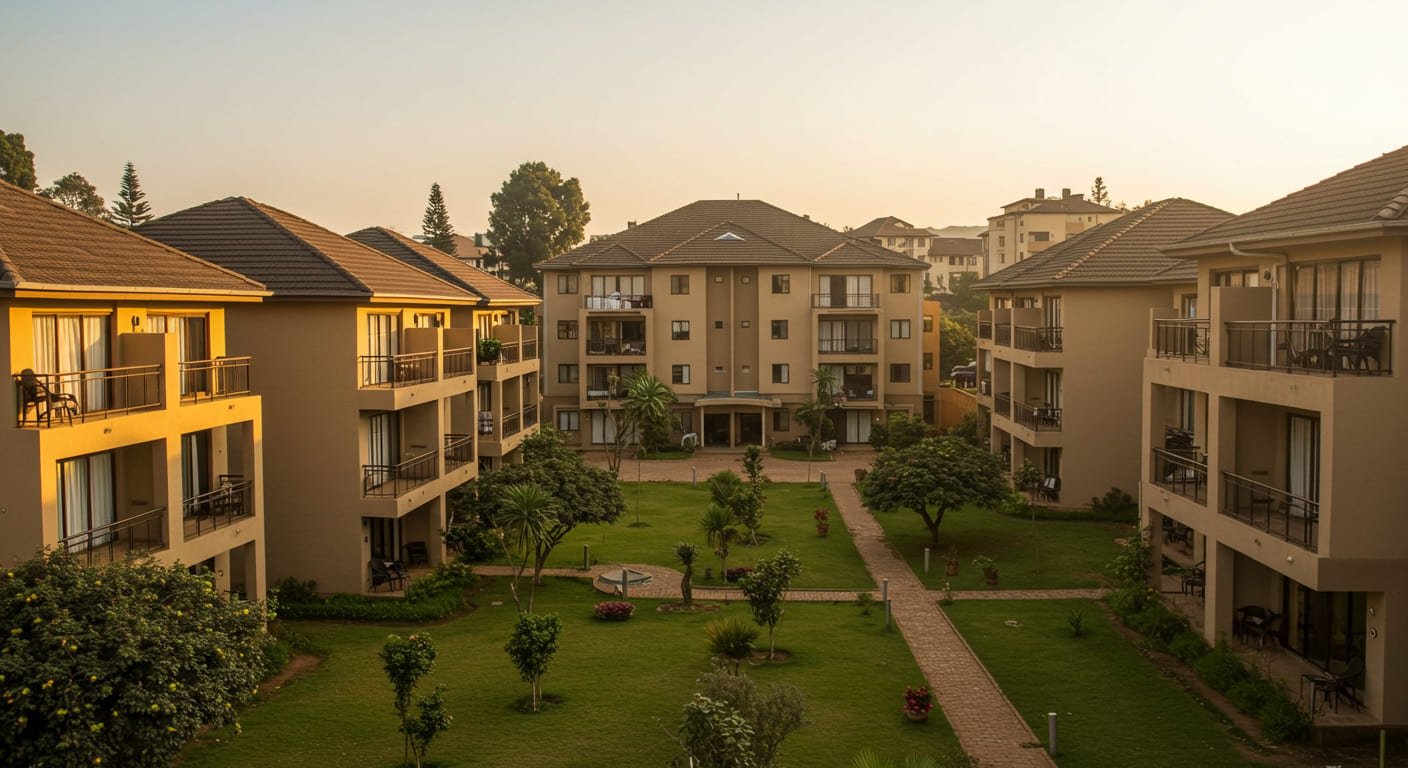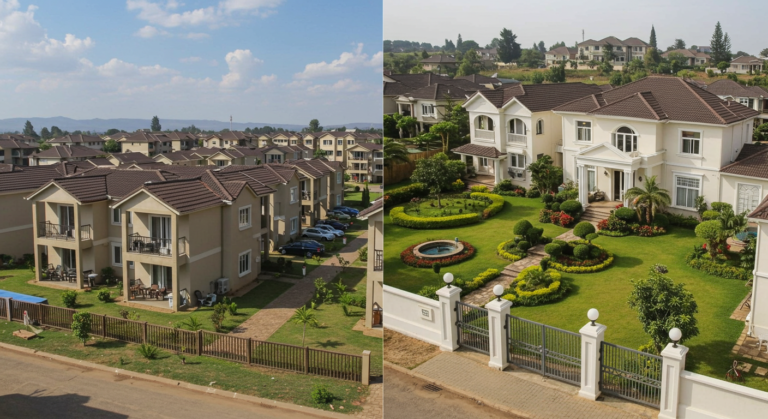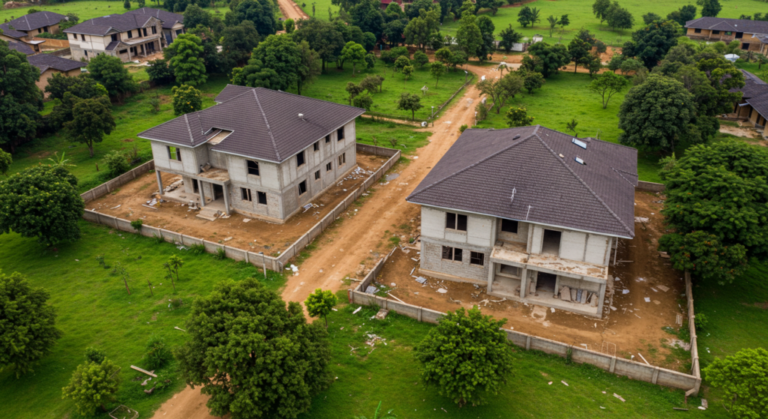KRA Launches New System to Make Tax Filing Easier for Landlords
The Kenya Revenue Authority (KRA) has unveiled a new digital platform aimed at making it easier for landlords to file and pay rental income tax.
The tool, known as the Electronic Rental Income Tax System (eRITS), is part of a broader initiative to modernize tax services and encourage more voluntary compliance among property owners.
eRITS is built on the government’s Enterprise Integration Platform, called Gava Connect, which allows seamless integration with other systems.
READ ALSO: Rental Income Tax in Kenya – New Regulations 2024
This means landlords can now access tax services directly through the eCitizen platform or connect their systems through the Gava Connect API.
“With eRITS, we are moving towards a smarter, more efficient tax system that benefits everyone,” said Treasury Principal Secretary, Dr. Chris Kiptoo, during the launch held on April 10, 2025.
What Does This Mean for Landlords?
The new system is specifically designed to ease the process of tax filing for rental income. It automates tax computation, filing, and payment, reducing the paperwork and manual processes landlords previously had to go through.
Landlords earning between Ksh288,000 and Ksh15 million per year (or Ksh24,000 to Ksh1.25 million per month) are required by law to pay a monthly rental income tax (MRI).
READ ALSO: Increase Your Rent, KRA tells Landlords in Kenya
In 2024, the government reduced the tax rate from 10% to 7.5% to encourage more landlords to comply voluntarily.
According to KRA Commissioner General Humphrey Wattanga, the goal of eRITS is not just to boost revenue but also to make the experience of paying taxes smoother for landlords and agents.
Why the Shift?
Landlords have long been considered part of a “hard-to-tax” group, alongside small informal traders and online businesses. In the 2023/2024 financial year, landlords paid Ksh14.4 billion in taxes — a 5.2% increase from the previous year.
However, growth in collections has started to slow, and the government hopes this new system will help reverse that trend.
In recent years, KRA has also implemented a Block Management Strategy (BMS) using geographic mapping tools to track buildings and identify untaxed property owners. Through this and other efforts, the number of registered landlords grew from 58,934 in 2018 to over 76,000 by 2021.
A Step Toward Better Compliance
The introduction of eRITS shows the government’s commitment to building a tax system that is fair, transparent, and easy to use. With a focus on digital transformation, the platform is expected to reduce tax evasion and improve national revenue collection.
“This is not just about collecting more taxes, but about creating a predictable environment that supports both landlords and the government,” added Kiptoo.
As Kenya pushes forward with its digital transformation agenda, tools like eRITS are expected to play a big role in making tax compliance a shared and manageable responsibility.







